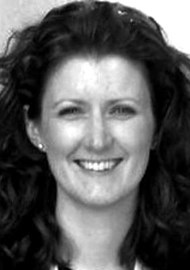This article is a well written, helpful summary of the management of the most common branchial anomaly in children – the second. These are characterised as cysts, sinuses or tracts between the anterior border of sternocleidomastoid, coursing between the internal and external carotid arteries, superior to the glossopharyngeal and hypoglossal nerves towards the tonsillar fossa. The most common presenting features of each anomaly are described, with infection or a discrete non-tender swelling being classical. Diagnostic accuracy of imaging modalities are discussed, with CT being reported as 93% accurate and ultrasound only 66% but it is felt that the diagnosis is largely a clinical one. In terms of treatment, evidence apparently shows that sclerotherapy is effective in causing regression in unilocular cyst, but beyond this, surgery is the gold standard. The authors then proceed to giving tips for the approach, including using a 5Fr paediatric catheter to probe the tract, as saline can be gently flushed through it, allowing it to ‘float’ through the tract. Methylene blue is also used to confirm the tract opening into the oropharynx. The skin is excised if involved and if not, the incision placed to avoid injuring the marginal mandibular nerve. Alternative incisions include a hockey stick or a step-ladder. The tract is then followed with the catheter acting as a guide (sutured in) and then a cuff of tissue surrounding the oropharyngeal opening is removed with the tract and the resultant wound closed. This description is accompanied by helpful line drawings. Potential complications are also discussed. Inclusion of the important embryological derivations for these abnormalities would have been useful – however, the reason for the omission is that it is described earlier in a separate article covering the embryology of all the cleft, arch and pouch anomalies.
Managing the most common branchial arch anomaly
Reviewed by Suzanne Jervis
Second branchial cleft anomalies.
CONTRIBUTOR
Suzanne Jervis
FRCS (ORL HNS), Shrewsbury and Telford Hospitals, NHS Trust, UK.
View Full Profile



